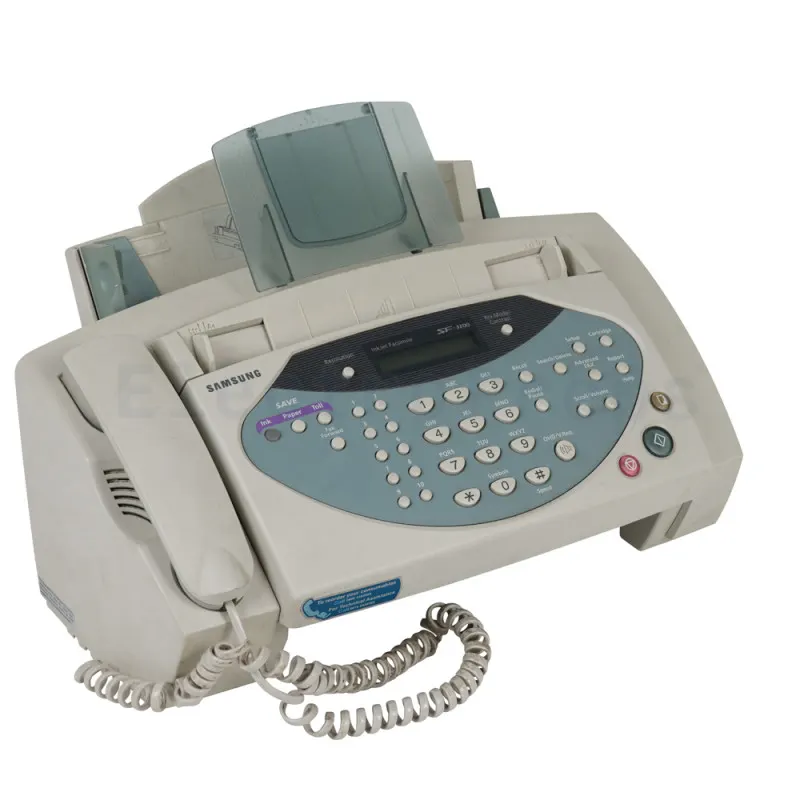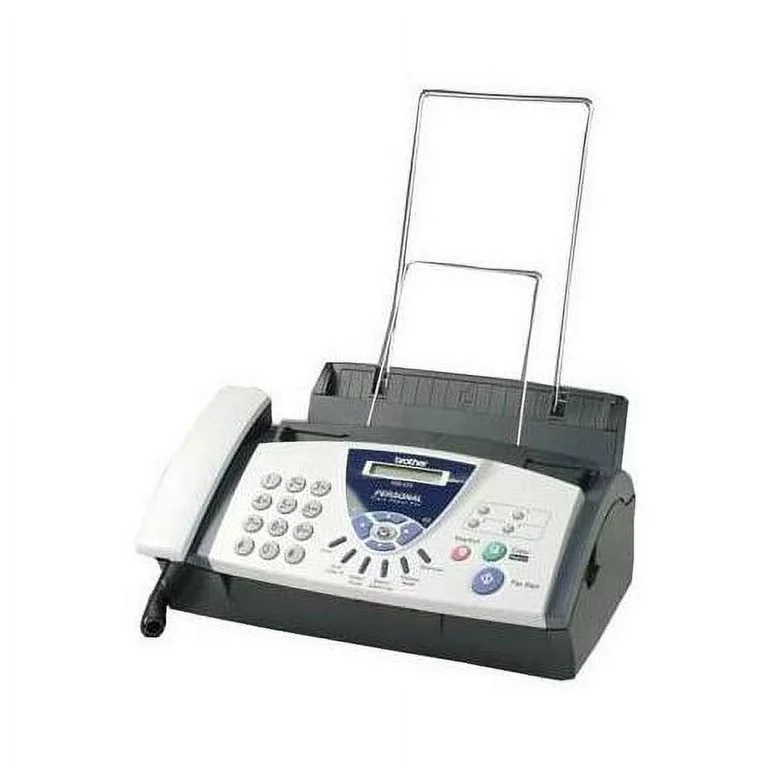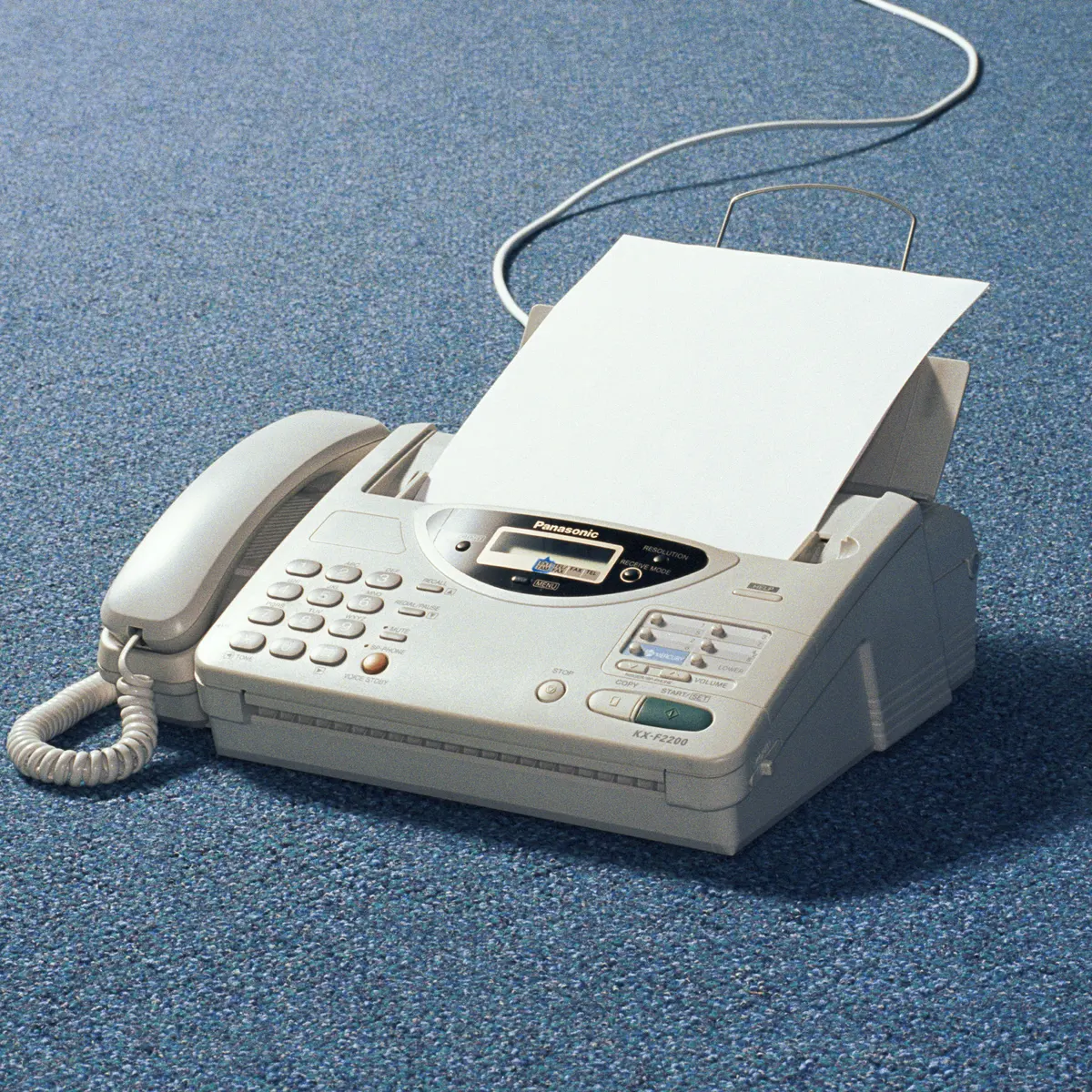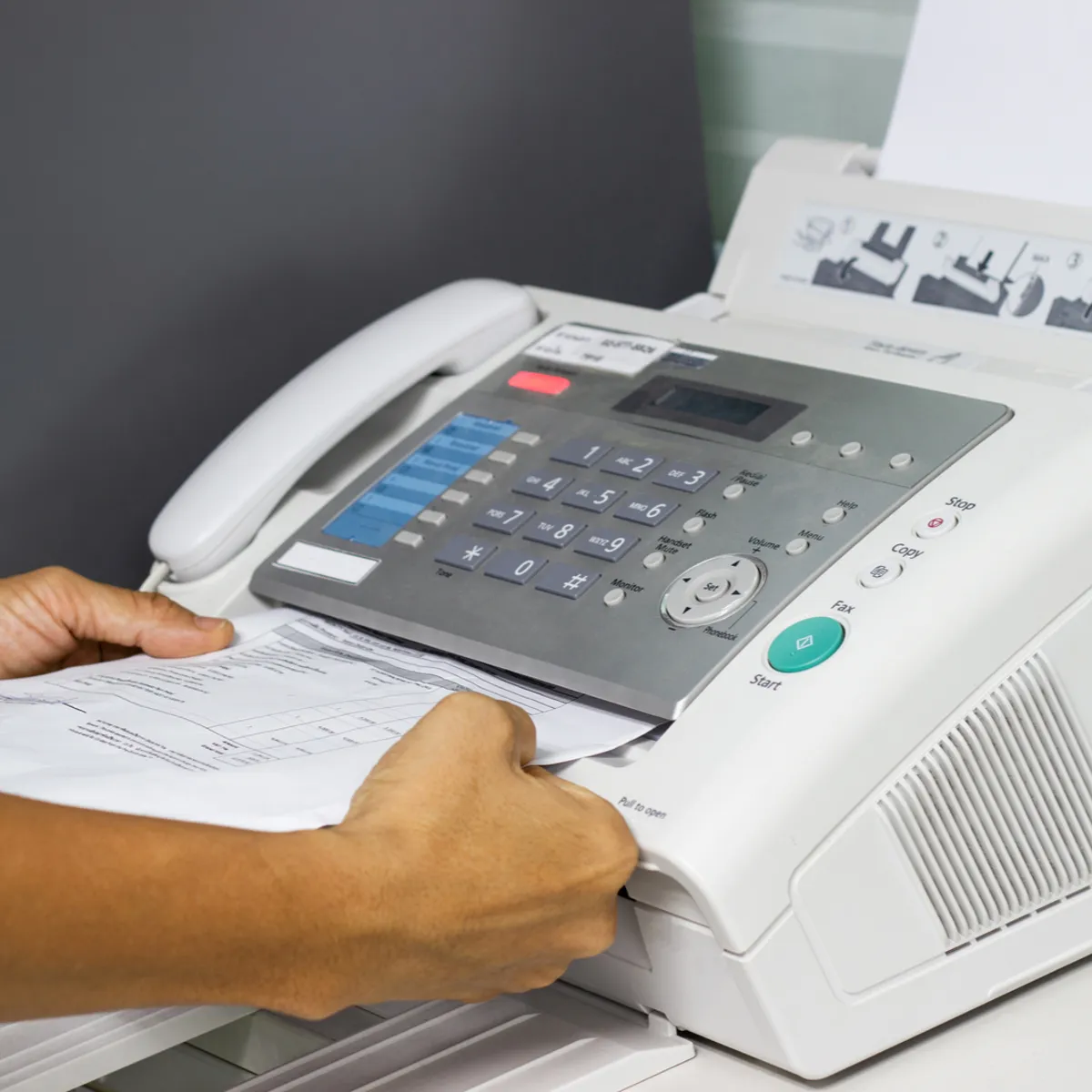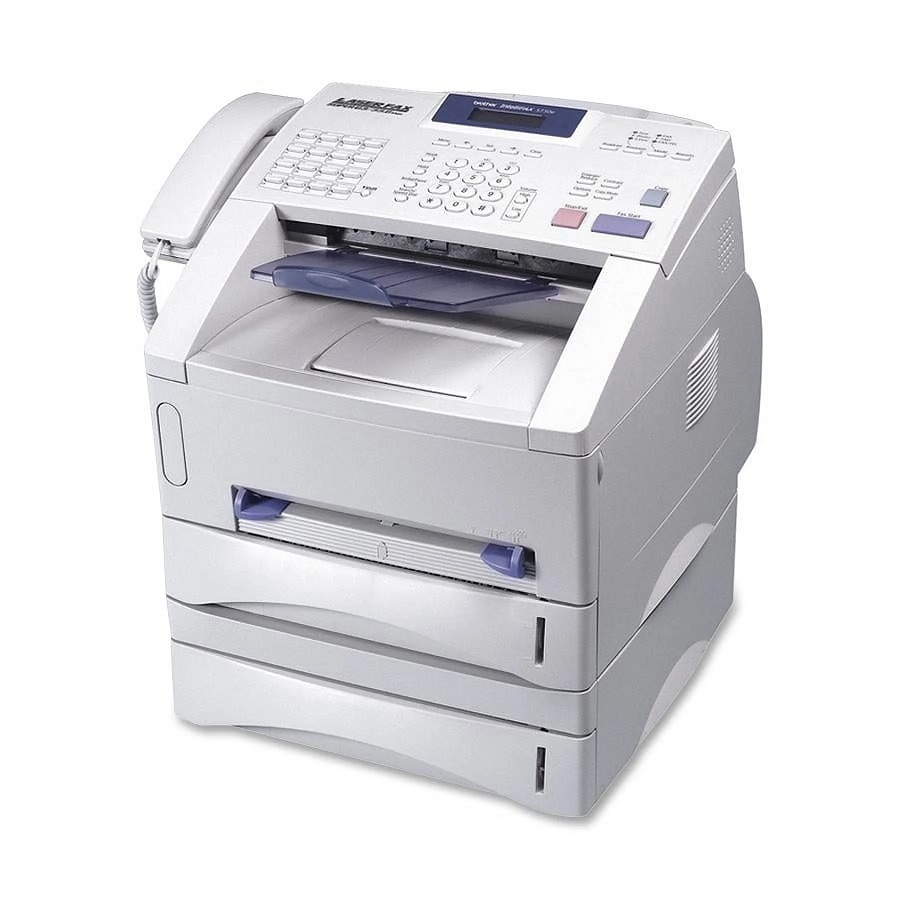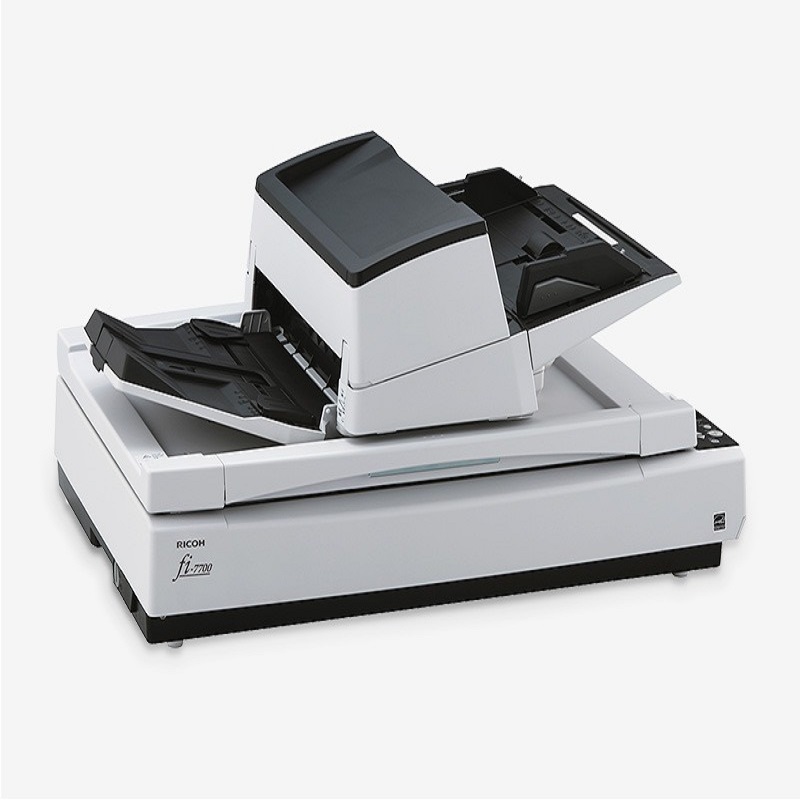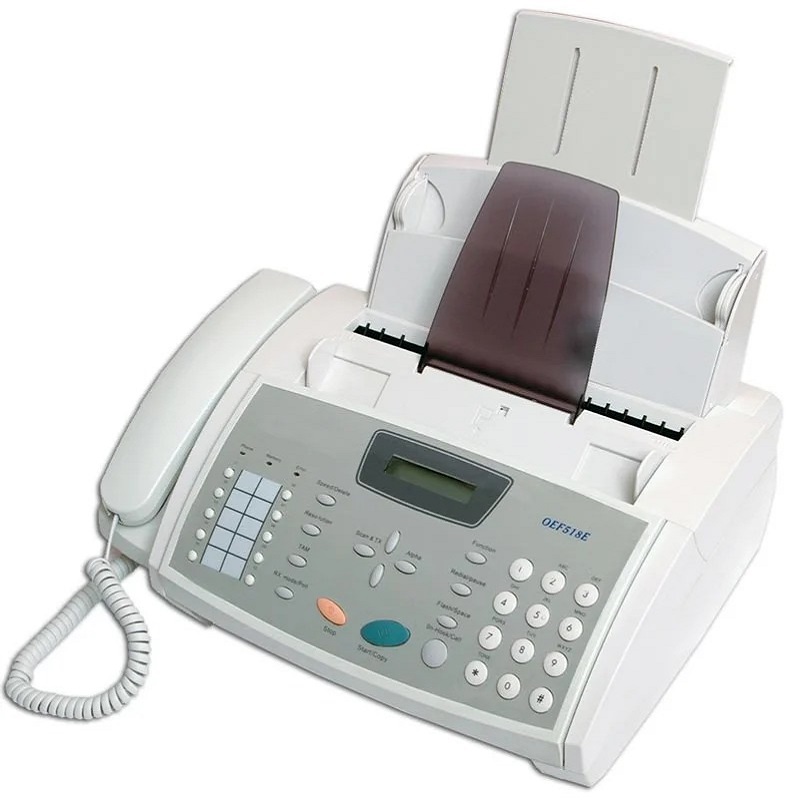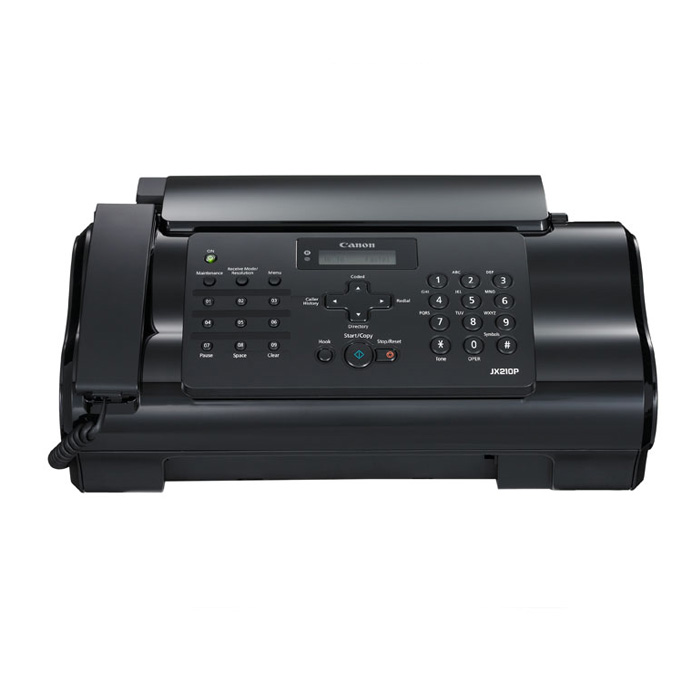The Iconic Fax Machine Melody
Fax machine produce a distinct and memorable sound. This sound has become an iconic representation of office life. It combines various tones and static-like noises. The fax sound marks the start of document transmission. Many people recognize this sound instantly. It evokes memories of bustling offices and important communications. The fax sound consists of several phases. Each phase serves a specific purpose in the transmission process.
The initial sounds establish a connection between machines. Subsequent tones negotiate transmission parameters. Finally, the sound of data transfer begins. This unique audio sequence fascinates many people. It represents the conversion of physical documents into electronic signals. The fax sound has even found its way into popular culture.
Movies and TV shows often use it to set office scenes. This distinctive noise has become a auditory symbol of business communication. It bridges the gap between analog and digital technologies. The fax machine sound tells a story of technological progress. It reminds listeners of a time before instant digital communication. Understanding this sound provides insight into fax machine operation. It reveals the complex process behind seemingly simple document transmission.
Breaking Down the Fax Machine Handshake
The fax machine sound begins with a handshake protocol. This initial phase establishes communication between two fax machines. It starts with a dial tone from the sending machine. A series of beeps follows as the machine dials the number. The receiving fax answers with a high-pitched tone. This tone signals its readiness to receive a transmission. The sending fax responds with its own identifying tone. This exchange allows the machines to recognize each other. Next, the faxes negotiate transmission parameters.
They determine factors like speed and resolution. This negotiation occurs through a series of varying tones. Each tone represents different capabilities or settings. The machines agree on the best transmission method. They consider factors like line quality and machine capabilities. This entire handshake process takes only a few seconds. It ensures optimal communication between the fax machines. The handshake also includes error-checking mechanisms.
These mechanisms help maintain transmission accuracy. Listeners can hear distinct phases in the handshake sound. Each phase marks a different stage of the connection process. The complexity of this sound reflects the sophistication of fax technology. It demonstrates how machines establish a common language. Understanding the handshake provides insight into data communication protocols. These protocols form the foundation of modern digital communication.
The Sound of Data Transmission
After the handshake, the actual data transmission begins. This phase produces the most recognizable fax machine sound. It consists of a series of screeches, buzzes, and static-like noises. These sounds represent the digital data being sent. Each variation in tone corresponds to different parts of the document. Darker areas of the document produce different sounds than lighter areas. The transmission sound can vary in pitch and duration.
These variations depend on the document’s content and complexity. Listeners can sometimes discern patterns in the transmission noise. These patterns reflect the layout and details of the sent document. The data transmission sound can last from seconds to minutes. Its duration depends on the document’s length and complexity. Throughout the transmission, error-checking occurs continuously. This process adds intermittent beeps to the main transmission sound. The fax machines constantly communicate during this phase.
They ensure the accurate transfer of every part of the document. The end of transmission often concludes with a distinct tone. This tone signals the successful completion of the fax. The data transmission sound fascinates many technology enthusiasts. It provides an audible representation of information transfer. This sound demonstrates the conversion of visual data into audio signals. It showcases the ingenuity behind fax technology. Understanding this sound reveals the complexity of data communication. It highlights the challenges overcome in long-distance document sharing.
The Evolution of Fax Sounds Over Time
Fax machine sounds have evolved alongside the technology. Early fax machines produced simpler, more monotonous tones. These reflected the limited capabilities of early fax technology. As fax machines advanced, their sounds became more complex. The introduction of digital fax brought new audio elements. Error correction features added new tones to the fax symphony. Higher transmission speeds changed the pitch and duration of fax sounds.
The integration of modems altered the initial connection noises. Color fax technology introduced even more complex transmission sounds. These sounds reflected the increased data being transferred. Modern fax machines often produce crisper, more digital-sounding tones. They reflect improvements in signal processing and transmission. Some newer fax machines offer options to mute or modify their sounds. This caters to offices seeking a quieter environment. Despite these changes, the core fax sound remains recognizable.
It continues to serve as an auditory cue for document transmission. The evolution of fax sounds mirrors broader technological progress. It showcases the ongoing refinement of communication technologies. Studying this evolution provides insight into the history of data transmission. It reveals how engineers have optimized information transfer over time. The changing fax sounds also reflect shifting office cultures. They mark the transition from noisy, machine-filled offices to quieter digital workspaces.
The Psychology Behind Fax Machine Sounds
Fax machine sounds evoke strong psychological responses. Many people associate these sounds with urgent or important messages. The distinct noise creates a sense of anticipation. It signals the arrival of potentially crucial information. Some individuals find fax sounds stressful or annoying. These reactions often stem from associations with busy work environments. Others feel a sense of nostalgia when hearing fax noises. It reminds them of past work experiences or technological eras. The rhythm of fax sounds can create a sense of productivity.
It provides an audible marker of ongoing business operations. Psychologists have studied the impact of office sounds on workers. Fax noises often feature prominently in these studies. The intermittent nature of fax sounds can be distracting for some. It may interrupt concentration or workflow. However, others find comfort in the familiar fax melody. It provides a sense of normalcy and routine in the office. The fax sound’s decline in modern offices affects workplace atmosphere. Its absence changes the auditory landscape of business environments.
Some companies have even created apps that mimic fax sounds. These cater to individuals who miss the nostalgic office noise. The psychological impact of fax sounds extends to popular culture. Movies and TV shows use these sounds to set specific moods. They often indicate tension, urgency, or bureaucratic environments. Understanding these psychological effects provides insight into workplace dynamics. It reveals how auditory cues shape office experiences and perceptions.
Fax Sounds in Popular Culture and Media
Fax machine sounds have left a lasting imprint on popular culture. They frequently appear in movies and television shows. Filmmakers use fax noises to quickly establish office settings. These sounds instantly convey a sense of business activity. In comedies, fax noises often serve as punchlines or gags. They represent outdated technology or bureaucratic inefficiency. Dramas might use fax sounds to build tension or suspense. The arrival of a fax can signal plot-turning information. Some movies feature characters racing to intercept faxes.
This creates excitement around the physical nature of fax communication. TV shows set in the 1980s or 1990s prominently feature fax sounds. They use these noises to establish period authenticity. Musicians have sampled fax machine sounds in various songs. These samples add a technological or office-themed element to tracks. Some artists create entire compositions using only fax noises. They transform these functional sounds into experimental music. Advertisers have used fax sounds to evoke reliability or efficiency. These campaigns play on the fax’s reputation for important business communication.
The persistence of fax sounds in media reflects their cultural impact. They serve as a shorthand for office life and business communication. Even as fax usage declines, its sounds remain recognizable to many. This showcases the lasting influence of this technology on society. The use of fax sounds in media preserves their place in cultural memory. It ensures that future generations will recognize these iconic noises.
The Future of Fax Sounds in a Digital World
As technology evolves, the future of fax sounds remains uncertain. Traditional fax machines are becoming less common in modern offices. This reduces the everyday presence of their distinctive sounds. However, fax technology continues to adapt and persist. Online faxing services often mimic traditional fax sounds. These digital solutions preserve the auditory experience of faxing. Some businesses maintain fax machines for specific purposes. Legal and healthcare sectors still rely heavily on fax technology.
This ensures the continued presence of fax sounds in certain environments. Virtual faxing apps sometimes offer customizable sound options. Users can choose classic fax noises or modern alternatives. The nostalgic value of fax sounds may lead to their preservation. Some companies might maintain fax capabilities to retain the familiar office ambiance. As offices become quieter, some workers miss the sounds of busy fax machines.
These could draw inspiration from classic fax machine noises. The principles behind fax communication continue to influence technology. This may result in new sounds that echo fax machine tones. The future may see fax sounds preserved in technological museums. They would serve as auditory artifacts of late 20th-century office life. While their everyday presence may diminish, fax sounds will likely endure culturally. They remain powerful symbols of an important era in communication technology.






